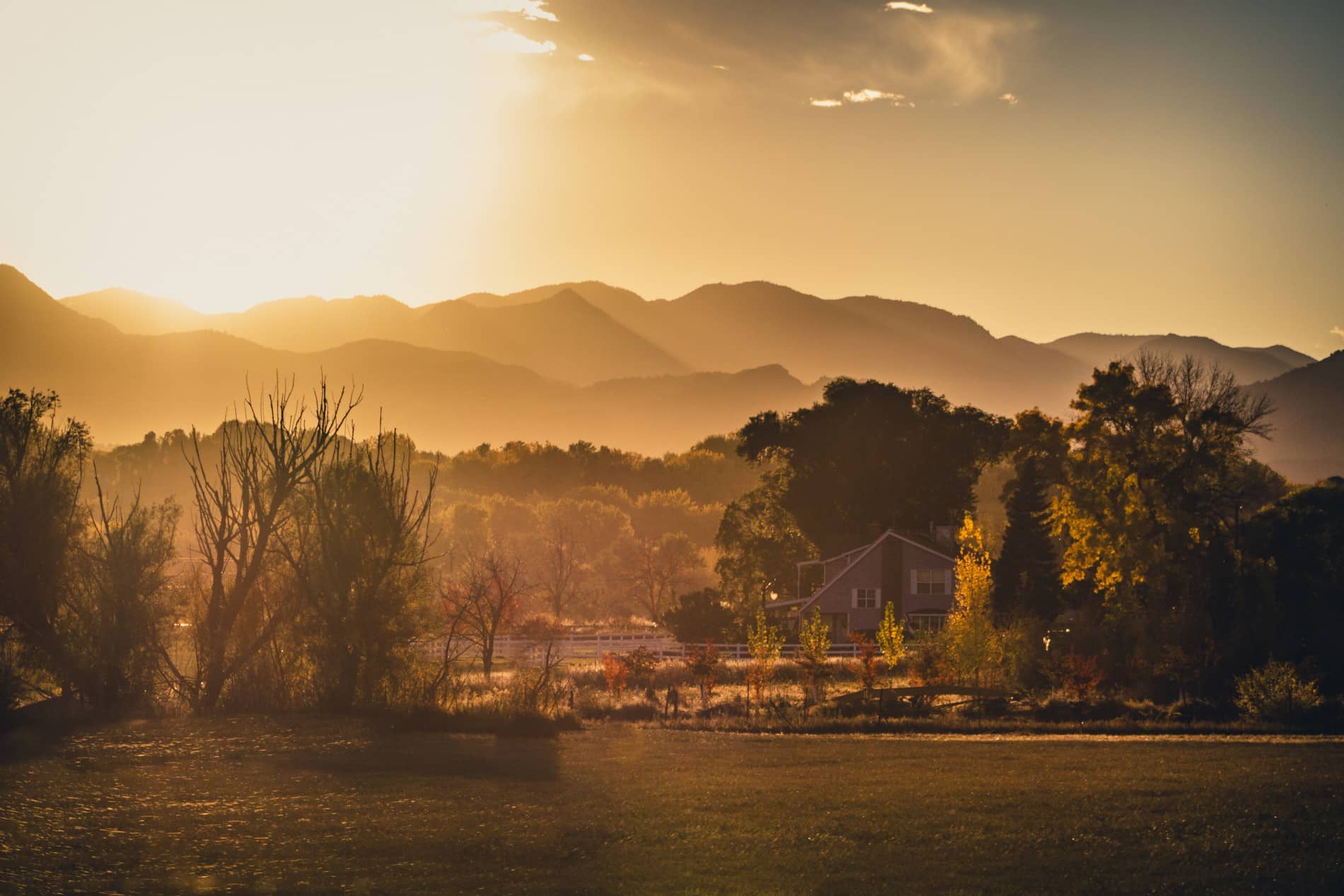Discover the Royal Gorge Region
The Royal Gorge Region has a long, exciting history that goes back three million years. It has been home to native peoples, miners, merchants, and more. Railroads have fought over access to its channel, and today, passenger trains take visitors through the canyon for views of some of Colorado’s most spectacular scenery.
Formation of the Royal Gorge
The Royal Gorge is a canyon on the Arkansas River near Cañon City, Colorado. With a width of 30 feet at its narrowest point and a few hundred feet at its top and a depth of 1,200 feet in places, the 10-mile-long canyon is a narrow, steep crevasse through the granite of Fremont Peak.
About 3 million years ago, as the Rocky Mountains rose from the surrounding plains, a small rivulet that would become the Arkansas River rose with them. Over the millennia, it cut a deep channel for itself through the surrounding granite at a rate of about one foot every 2,500 years! The gorge’s peculiar shape, in contrast to broad canyons such as the Grand Canyon, can be attributed to regional uplift, faulting, and this long, direct erosion through hard rock.
Ancient Cultures and Heritage
Before European settlement, the native Utes wintered in the Royal Gorge because it protected them from the wind and provided a relatively mild climate. The Comanche, Kiowa, Sioux, and Cheyenne also used the Royal Gorge as an access point to mountain meadow regions such as South Park Basin, where they would carry out buffalo hunting expeditions. Colorado’s Rocky Mountain region fell under Spanish claims, and conquistador expeditions of the 17th century or fur traders may have seen Royal Gorge in their traversal of the area. The first recorded instance of European arrival, however, is the Pike expedition of 1806. Zebulon Pike’s group built a crude shelter at hot springs near the mouth of the gorge and explored the area, descending on horseback over frozen Arkansas.
Railroads
Cañon City, the closest metropolitan area to the Royal Gorge, was founded in 1860 to serve mining camps in the area. The Discovery of silver and lead near Leadville in 1877 prompted a race to build rail access to the area. The Royal Gorge was a bottleneck along with Arkansas, as it was too narrow for the Atchison, Topeka, and Santa Fe Railway and the Denver and Rio Grande Western Railroad to pass through. Both railroad crews thus took to fighting the Royal Gorge Railroad War, two years of essentially low-level guerrilla warfare between the two companies. Federal intervention prompted the so-called “Treaty of Boston” to end the fighting. Ultimately, the Denver and Rio Grande Western Railroad completed its line and leased it to the Santa Fe Railway.
In the 1890s, the Royal Gorge was used as a passenger route for transcontinental rail travel. As many as four trains per day went through the gorge, though in time, the establishment of alternate routes through the mountains made the Royal Gorge fall from favor for transcontinental use. Passenger train service on the mainline was discontinued in 1967 when it was replaced by a sightseeing train.
